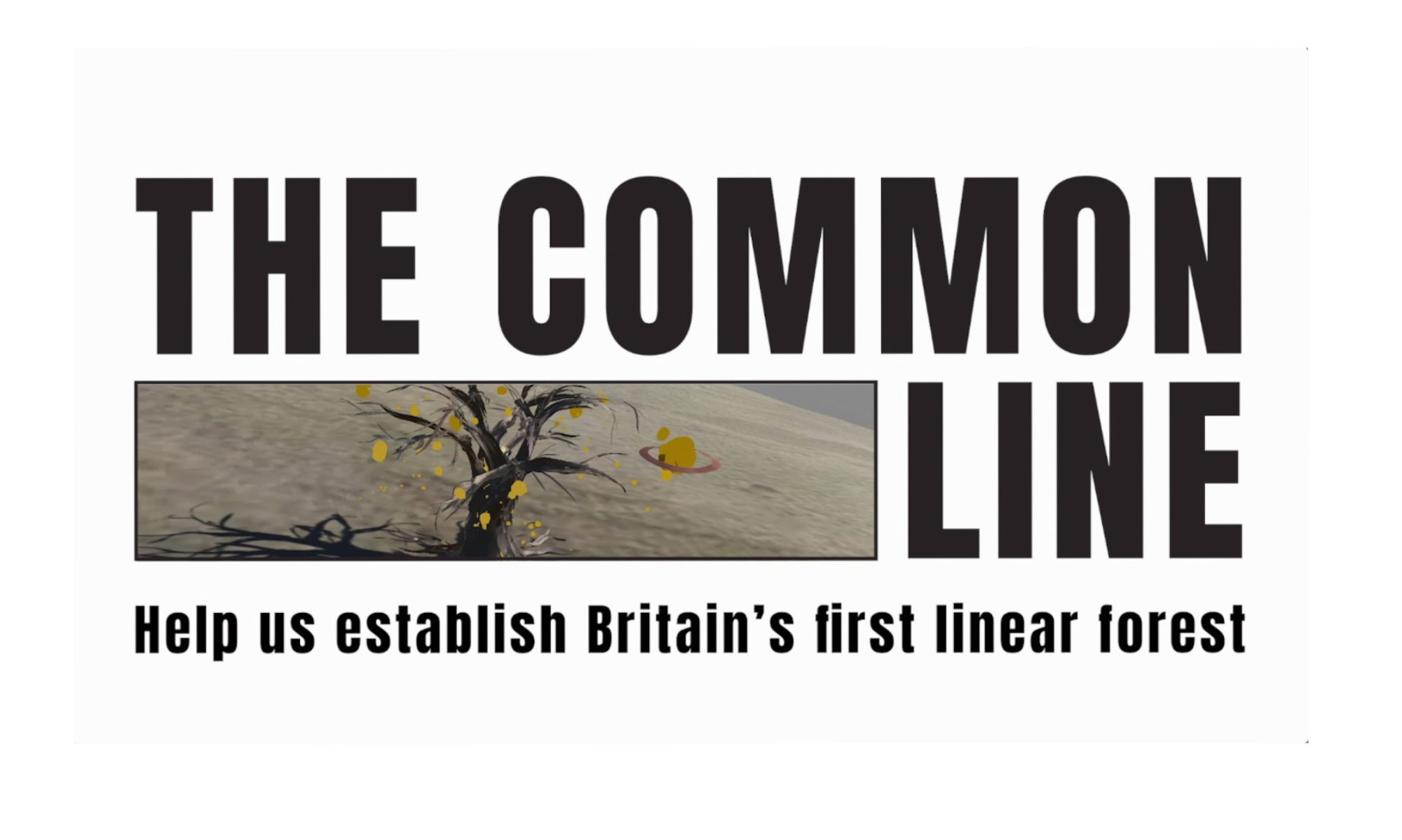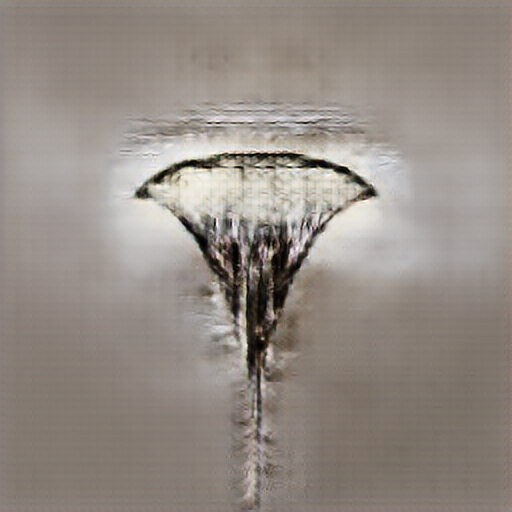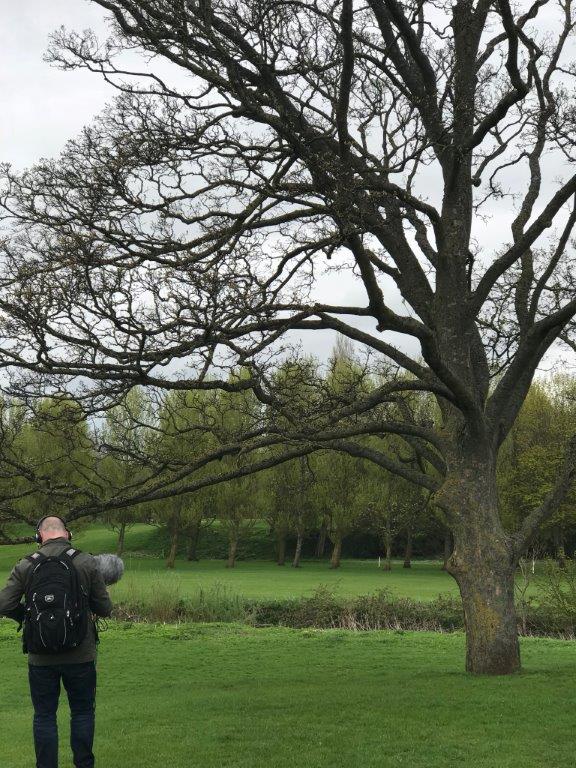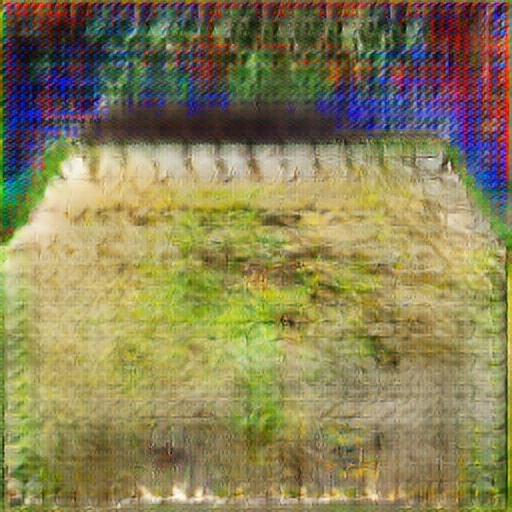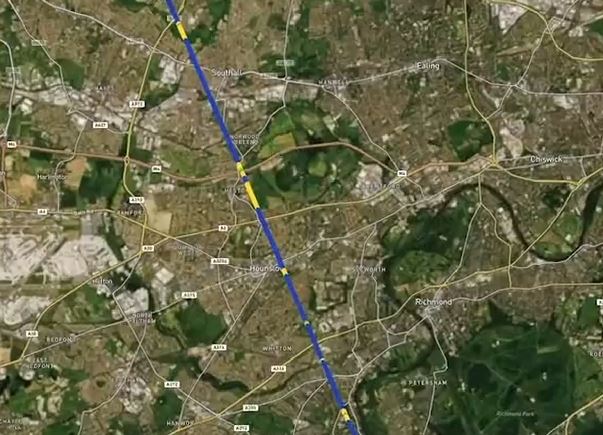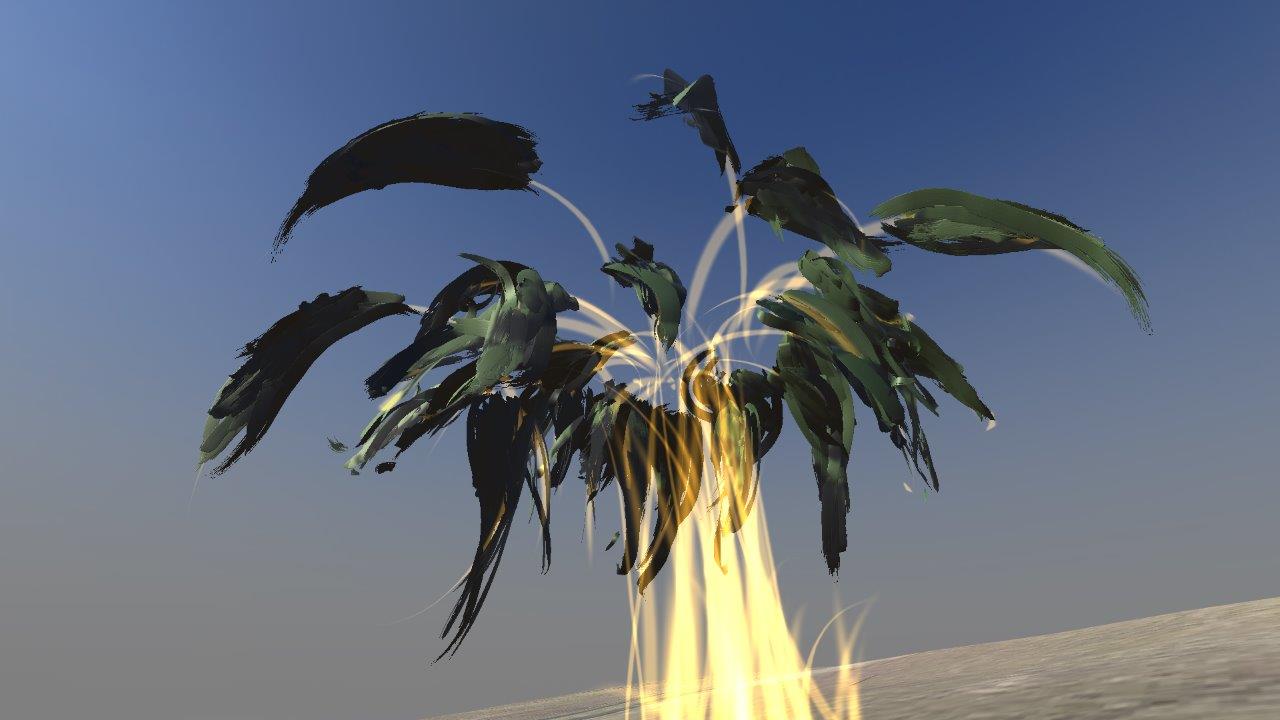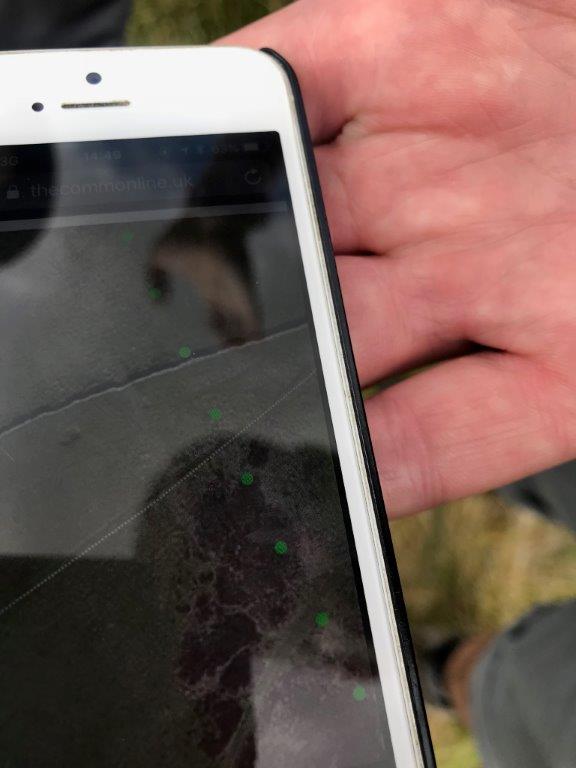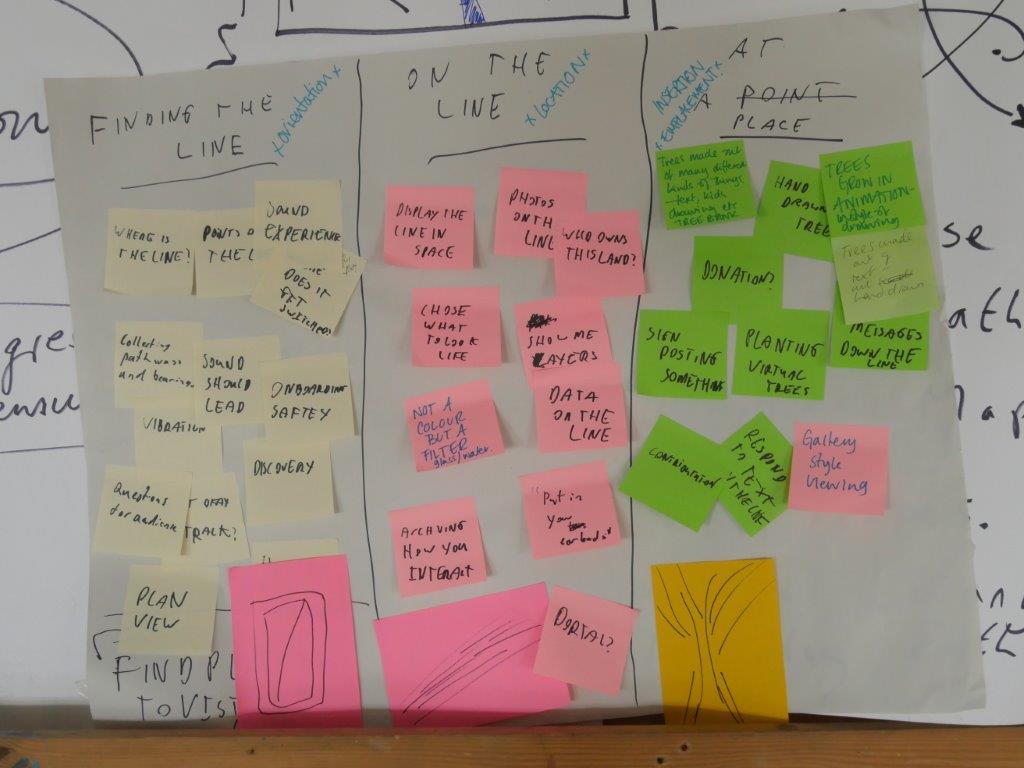Artificially Imagining Trees
Soundscape / Acoustic approaches for The Common Line.
Bio-Infused
I have just returned from a packed 3-day schedule in Milton Keynes where we were kindly invited to present at the ‘Situating the Groundwork’ symposium. Smoothly organized and well curated by the formidable Tracing The Pathway crew, it brought a complementary wealth of ideas and approaches to a shared framework of themes. All three contributors on our panel presented works in progress, striving to embody the unruly and potentially absurd character of digital systems in relation to an evolving field practice. Jo Scott’s relationships between digital processes and the material features and processes of the ‘wildscape’, resonate with The Common Line’s ‘commoning’ of digital space in relation to physical space. Artist Haley Newman aptly described all three projects as ‘bio-infused’, and I am now thinking about getting myself a T-shirt printed (Dear Haley, all credit to you!)
For the first-time visitor Milton Keynes really is quite something to process; the sheer amount of ’empty’ space is baffling, and its repetitive patterns shadow the newcomer in the form of uncanny déja-vus. Navigating on foot, my first impression was that of an ill-fitted suit of absurd dimensions, out of scale with the human body it is meant to accommodate and sustain. Large, crumbling infrastructures void of people evoke post-human imaginations and lost futures come to mind. In a trench adjacent to one of the redways (cycle network) in a council estate in Milton Keynes I found this harrow. I am guessing it is hand forged and horse drawn, probably 100 to 150 years old. A shrub enveloped its corner and gradually lifted it of the ground, still rising…
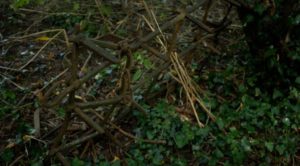
Speaking for myself though, eventually, a sad indulgence gave way to a sense of elation. Here in Britain we have gotten ourselves used to rather bad value for money where personal and public space is concerned. In some respects, Milton Keynes clearly does not fit that bracket. For all its obvious flaws, there is something rather liberating about the experience of Milton Keynes, and I could not help getting a strong sense of a positive (albeit nebulous) vision shaping the original designs.
The post cold war neoliberal mantra of ‘no alternatives’ feels increasingly worn and dangerous, yet its proponents keep bashing away the tune like we are all expected to love it. In Milton Keynes we get a glimpse of an era when alternative visions were granted both resources and space, and whilst it is easy to dismiss the original designs as modernist hubris, we might as well choose to sense a live spirit blowing through the place, at times rather strong, as it gathers momentum on the long, straight boulevards of Milton Keynes.
Serendipitously, The Common Line runs through Milton Keynes. It is a straight line of trees and Milton Keynes has no lack of those in principle. The Common Line however, transects the grid at an angle; creating a formal contrast with meanings unique to Milton Keynes. I have no doubt that if, and wherever MK chooses to accommodate the Common Line, unique resonances will follow.
Volkhardt Mueller, 25.9.18
